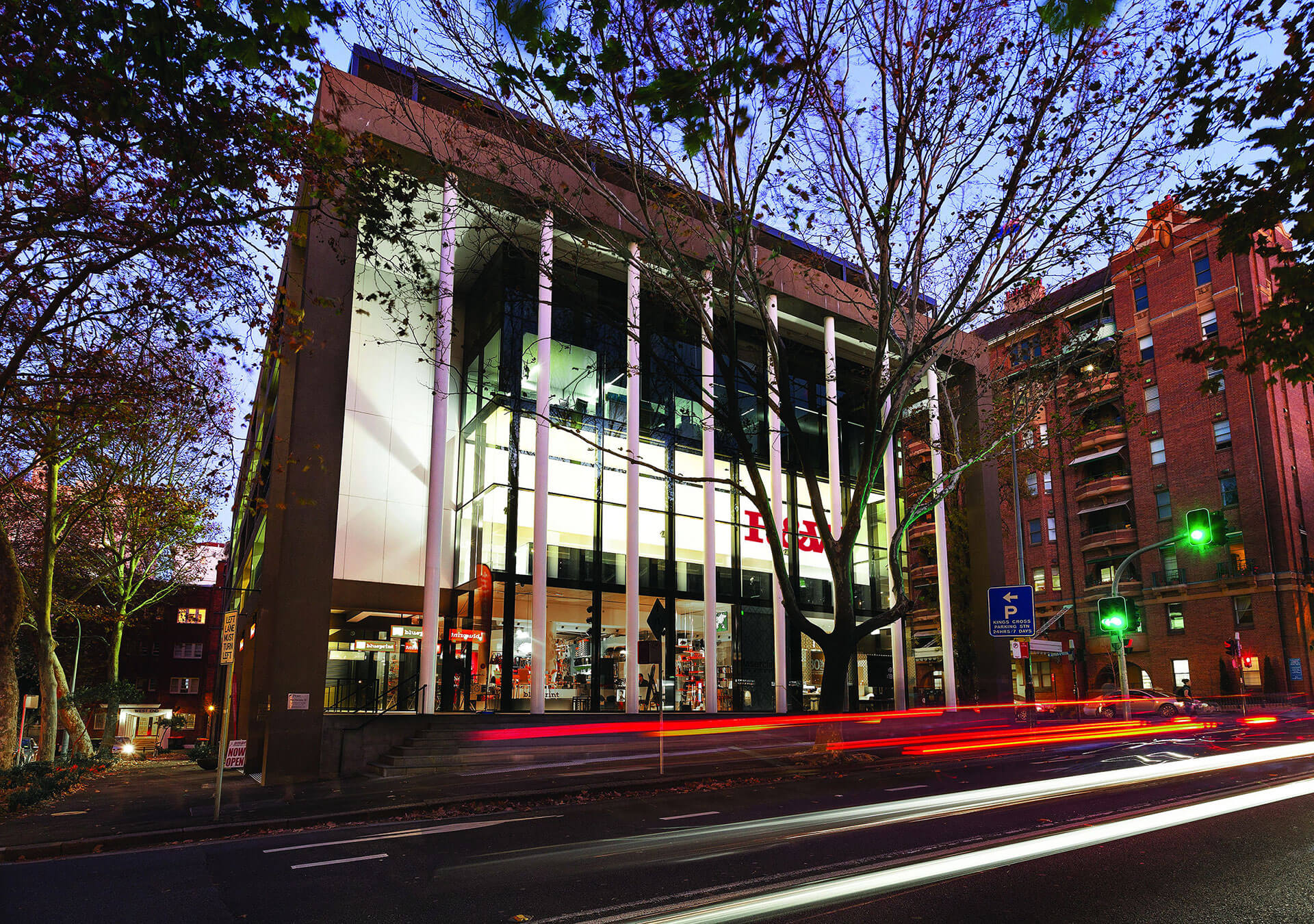Ancient Grotto Reveals Hidden History

A GROTTO, stairs, balustrade and retaining walls embellished the garden of Elizabeth Bay House built in 1835-9 by Alexander Macleay (1767-1848), Colonial Secretary of New South Wales from 1826 to1837. His was the most sophisticated landscape design in NSW at the time and illustrated his love of botany.
Remarkably, the grotto with its carved date “1835” still remains and includes a stone triclinium [bench], altar and shrine niches, all in the Roman tradition and popularised in the Georgian period (1714-1830). The siting of Elizabeth Bay House, the driveway and layout of garden terraces and grottoes were all carefully planned to maximise vistas to the dramatic Sydney Harbour. Grottoes were places of repose providing shade and shelter in a cool spot in Summer to enjoy views.
In 1825 Robert Henderson had been recruited by Macleay at the Cape of Good Hope. He oversaw the laying out of the gardens. In February 1829 Macleay’s daughter, Fanny, wrote: “we have now some beautiful walks thro’ the bush. Mr [Edward] Deas-Thompson, who is possessed of an infinity of good taste, is the Engineer and takes an astonishing degree of interest in the improvement of the place.”
Other garden elements, now demolished, included spired stables c.1828, a gardener’s cottage c.1827, rustic bridge and pond c.1832. Architect, John Verge (1788-1862) probably designed the grotto and retaining walls. Many were built using convict labour.
Verge’s 1833 office ledger refers to designs for other garden structures including gates, piers, copings and scroll ends for garden walls. A design for a bathing house (not built) dated 1834 and initialled “R.R.”, may be attributed to another architect and surveyor, Robert Russell (1808-1900), then a recent arrival in Sydney.
The Elizabeth Bay House terrace walls formed property boundaries following subdivisions in 1882 and 1927. Elements including the grotto and the rustic bridge were alienated and then became garden features of villas built following the 1882 subdivision.
Today, the grotto site is hidden. A steep, narrow pathway off Ithaca Road known to locals leads to the site. It is not generally accessible, saving it from vandalism.
It is an exquisite piece of landscape object d’art, extremely rare and individually heritage-listed.
By Andrew Woodhouse, Director, Heritage Solutions
Image: A Romanesque shrine with date carved in stone “1835”





